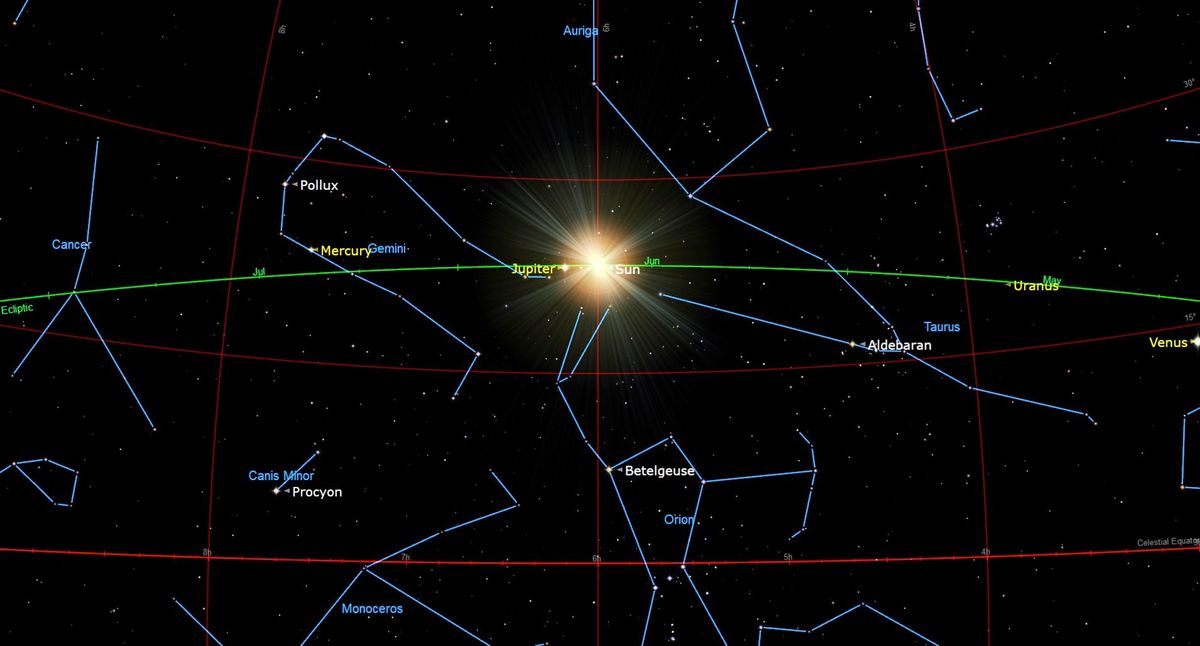Now Reading: Breakthrough Technique Offers Sharper, Frequent Black Hole Insights
-
01
Breakthrough Technique Offers Sharper, Frequent Black Hole Insights
Breakthrough Technique Offers Sharper, Frequent Black Hole Insights

Rapid Summary
- A new technique called Frequency Phase Transfer (FPT) is revolutionizing black hole observations, enabling astronomers to create sharper, multicolored images and track their dynamic evolution over time.
- FPT compensates for atmospheric turbulence by using lower-frequency data (86 GHz) to correct higher-frequency distortions (230 ghz).
- The Event Horizon Telescope (EHT),a global array of 12 radio telescopes,conducted accomplished tests using three sites: Spain’s IRAM 30-meter telescope and Hawaii’s James Clerk Maxwell Telescope and Submillimeter Array observatories.
- This method expands observational windows beyond the current annual 10-day period in April, allowing scientists to capture time-lapse ‘movies’ of black hole activity.
- Future upgrades include outfitting EHT telescopes with simultaneous multi-frequency receivers, boosting observation sensitivity and creating multidimensional portraits of black holes.
- Findings published on March 26 in The Astronomical Journal detail plans for even higher frequency experiments at 345 GHz.
Image Credits:
- Sagittarius A,the supermassive black hole at the center of the Milky way (Event Horizon Telescope collaboration)
- Telescope facilities involved in FPT testing (Image credit: pablo Torne (IRAM), Jonathan Weintroub (SMA), William montgomerie)*
indian Opinion Analysis
The FPT technique represents a critically important leap forward in astrophysics with direct global implications for understanding essential cosmic phenomena such as black holes. India’s active participation in such advancements could foster enhanced scientific collaboration with international teams like those leveraging the EHT network. While India does not currently host an EHT telescope site, its growing investment in space research through agencies like ISRO brings potential opportunities for contributing logistical or technical expertise.
Improved imaging technologies arising from this breakthrough can indirectly benefit India’s optical observatories and evolving radio astronomy projects such as GMRT near Pune. Furthermore, fostering public interest through visibility into transformative research may attract increased funding or enhance STEM pipelines essential to building advanced capability domestically.
This pioneering technique reiterates how overcoming technological constraints-like atmospheric interference-can unlock broader observational capabilities globally. For India specifically,aligning itself more closely with initiatives exploring cutting-edge science can amplify its role on the international stage while inspiring innovation across disciplines locally.



























